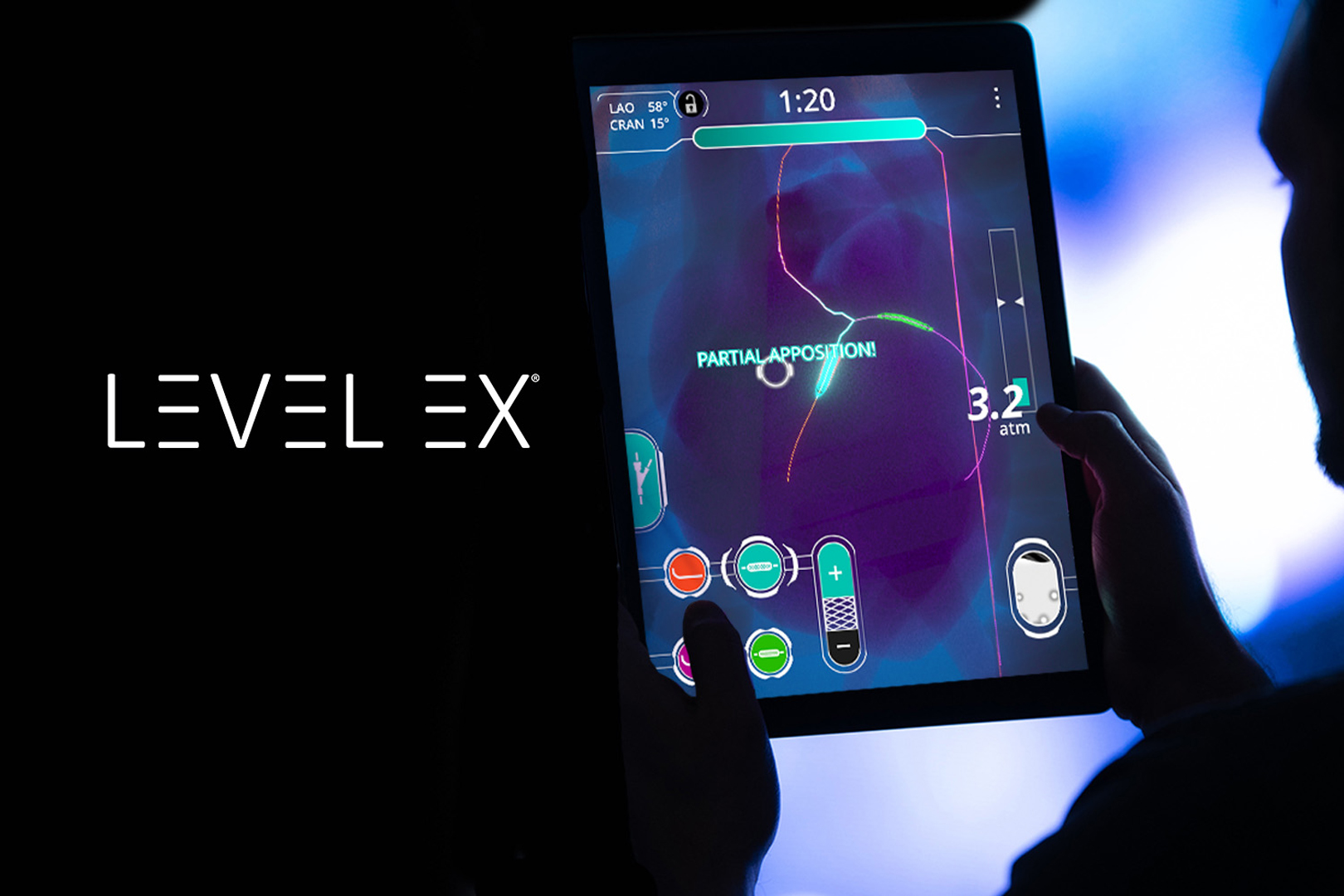“Level Ex: Tracing All Kinds of Rays… On Mobile” by Glassenberg and Yaeger
Conference:
Experience Type(s):
E-Tech Type(s):
Entry Number: 03
Title:
- Level Ex: Tracing All Kinds of Rays... On Mobile
Developer(s):
Description:
Presented are new methods to raytrace and simulate raytracing of different types of rays through a range of different participating media in real-time, including: *SDF ray-tracing to recreated refractive physics-based viscous fluids that interface with a surrounding soft-body environment and other physics objects in the scene. SDFs are blended seamlessly with each other and environment objects. Special considerations are made to maximize cache and memory-coherence on tile-based mobile GPU architectures. *X-Rays – Which follow logarithmic attenuation functions and fresnel-like behaviors as they are absorbed and scattered through different materials on their way from the emitter to the detector plate. X-ray tracing behaves more like a transparent shadowing technique than anything else. *Ultrasonic Sound waves – Used in real-time ultrasound imaging, these rays break all the rules – you can’t even rely on their propagation speed to stay constant. Dozens of different artifact types (shadows, ringing, etc.) must be simulated through the tracing behavior. For example – highly reflective objects outside of the ultrasound beam ‘slice’ may bounce back into the frame, creating the appearance of ‘ghost’ objects that aren’t actually there. Various mobile-friendly thread bundling approaches are taken to cast and bounce rays in the scene. Worth noting The SDF ray-marching technique in Pulm Ex was shown last year but has been drastically improved with refractions, performance optimizations, and new SDF shapes, blends, and techniques.





